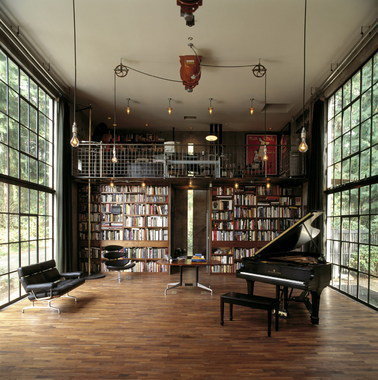 |
| Image from here |
Image from the New York Review of Books
The most serious marginalians I’ve known in my life were philosophers. I once noticed that my philosophy mentor, a certain Mr. Casey, having read everything on the planet at least half a dozen times, created a key with dates on the inside front cover for his marginalia, i.e. black ink for the first read, blue for the second, pencil the third, double underlines on the fourth, and so on.
As an interpretive device, marginalia inspires a certain kind of faith. When returning to a text weeks, months, or years later, I always glance at my marks to get a feel for my prior readings of the material. I’m no longer surprised when my marginalia seem to be written by someone else – someone better read in some instances, more naïve other times, or enamored with an idea for a reason inconceivable to me today.
Read Frazier’s piece and decide what sort of marginalia-maker you are (I’ll admit I enjoy hostile marginalia or what I’ll call satirical marginalia, but seeds of ideas and cross references fill most of my margins).
Do you have a good example of marginalia in your library? Send it in. Perhaps an online exhibition is in order.









